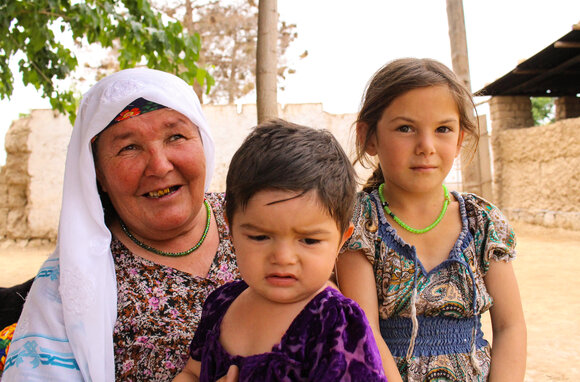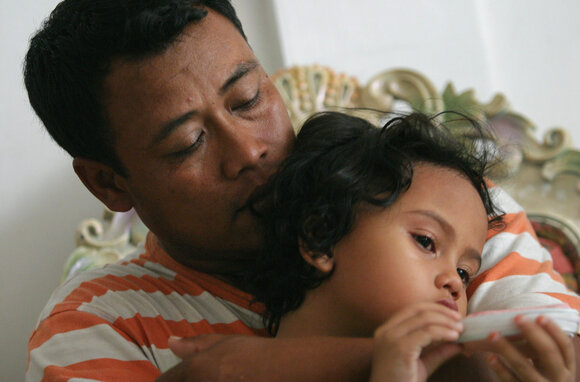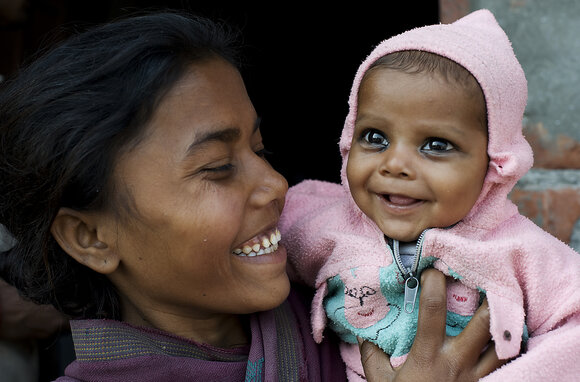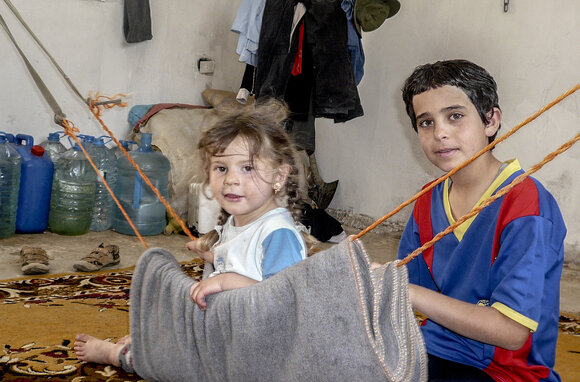
This page contains documents and other resources related to children's care in Asia. Browse resources by region, country, or category.
This page contains documents and other resources related to children's care in Asia. Browse resources by region, country, or category.




Displaying 741 - 750 of 1939
This article examines the tension between the rhetoric of children’s rights and the realities of residential care for children in Taiwan.
ICEB is an international, multi-disciplinary, peer-reviewed academic journal on Alternative Care for out-of-home-care (OHC) children and young persons, focused on the South Asia region. The journal invites you to participate in its call for paper for their September 2019 Special Edition issue on the topic 'Caregivers'.
Drawing on the baseline data, this paper profiles >200 multistressed families (MF) who entered into a specific enhancement programme in Singapore and compares the sociodemographies, family functioning and resilience of the children between transnational and non-transnational families.
This country care review includes the Concluding Observations for the Committee on the Rights of the Child and the Committee on the Rights of Persons with Disabilities. The Committees' recommendations on the issue of Family Environment and Alternative Care as well as other care relevant issues are highlighted.
One Sky is looking for an exceptional Social Worker to help in the development of the team’s overall ability to provide effective family support services.
The Community Placement and Case Management (CPCM) Programme aims to provide a holistic case management system that specifically looks into the protection concerns of migrant, undocumented, stateless, refugee, and asylum seeking Unaccompanied and Separated Children (UASC) at risk of arrest and detention and those directly affected by immigration detention in Malaysia.
This research study was commissioned to generate a better understanding of three school communities in Cambodia: Islamic schools, Buddhist monastic schools, and floating schools with a focus on identifying challenges in delivering quality and inclusive education.
This research study was commissioned to generate a better understanding of three school communities in Cambodia: Islamic schools, Buddhist monastic schools, and floating schools with a focus on identifying challenges in delivering quality and inclusive education.
The purpose of the consultancy is to provide technical assistance to support the State and Local levels in in planning, budgeting and monitoring of child protection interventions with focus to address child marriage, child labour, violence discipl
The first aim of this study was to find subgroups of adult international adoptees based on common risk and protective factors using a latent class analysis. The second aim was to examine whether the identified subgroups differed in outcome variables such as life satisfaction and psychological adjustment.